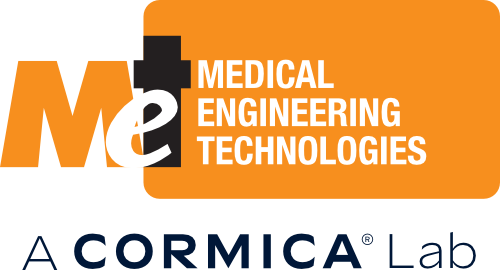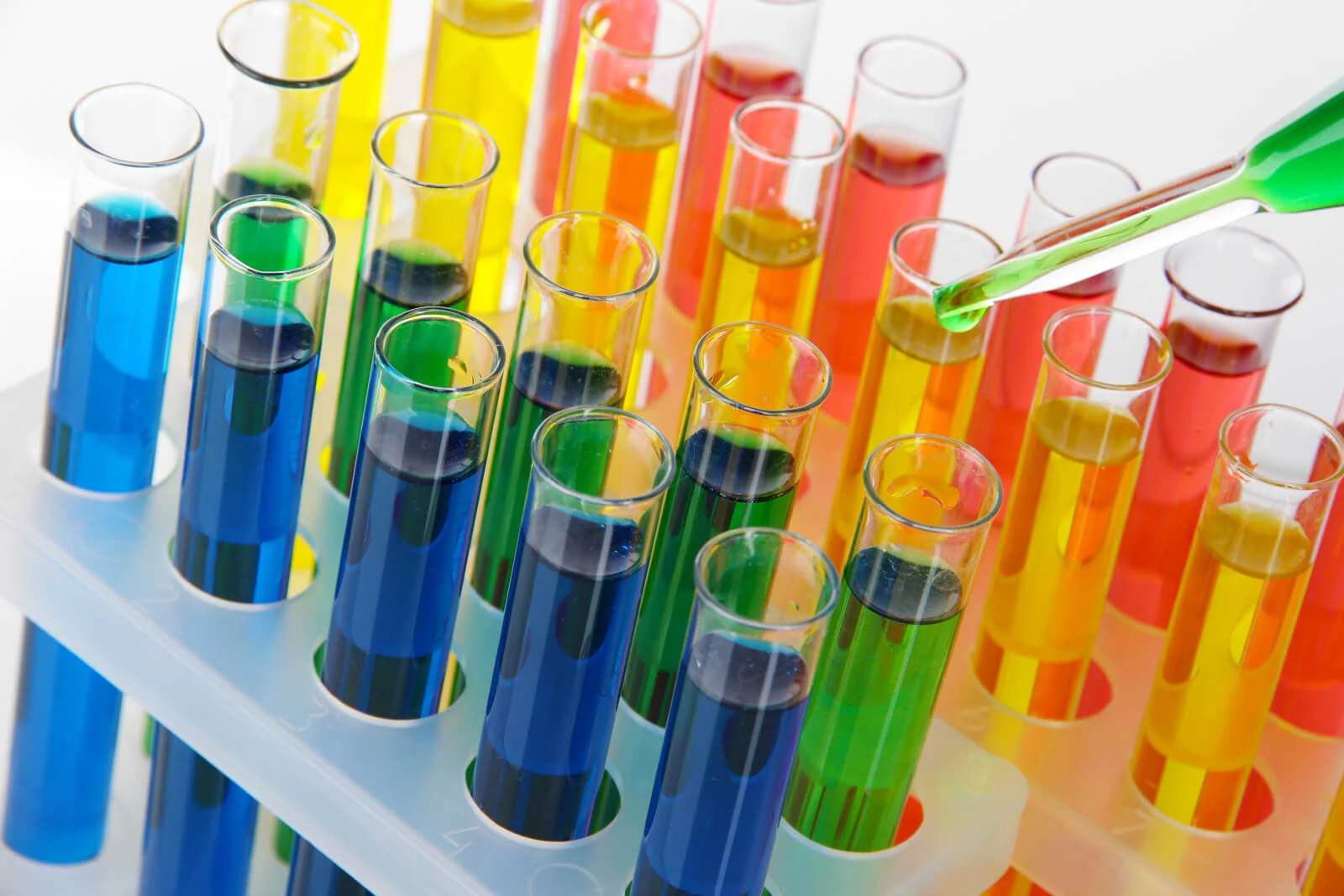Container Closure Integrity testing (CCI testing) is a critical component of quality assurance for sterile dosage forms.
Performing CCI testing can be problematic for some containers/devices due to their geometry and the inaccessibility of critical seals. Many standards discuss this issue, and the FDA have provided guidance on ‘CCI testing in lieu of other sterility testing methods’.
Another main source of information for CCI testing is USP <1207> - Chapter <1207> which recommends deterministic methods (which can be validated) over probabilistic methods which use random behaviours to define a leak.
There are many pharmaceutical products that are supplied sterile, these include:
- Pre-filled syringes
- Cartridges
- Vials
- Auto-injectors
CCI testing is an integral part of the design and process validations for these products if contamination is to be avoided and formulation dose conserved. The optimal test method varies from product to product. We will often recommend two methods when no single method is considered ideal.
How does CCI Testing work?
CCI testing is used to determine whether or not there is a leak (or fluid path) between the contents of a container and its outside environment, by identifying whether a communication can be established between the contents of the container and its surroundings. It should assess both the unwanted release of a containers contents and the possibility of contamination by solids, liquids or gases.
Test methods can be categorised as destructive and non-destructive, as well as deterministic and probabilistic.
Types of Non Destructive Testing
Non-destructive testing usually receives more interest than destructive testing.
Options for non-destructive testing include trace gas analysis and vacuum decay.
Vacuum Decay Test
The vacuum decay method uses a pressure change measurement to indirectly determine the flow from a vial into a fixed volume chamber. The mass extraction variant measures the flow required to maintain the vacuum at a fixed level (ASTM F2338 and ASTM F 3287). Vials or other containers are placed inside a close fitting tool, which is then closed and a vacuum applied. If the container has a leak flow from it, it will reduce the expected vacuum inside the tool surrounding the vial.
This is a deterministic method, because electronic equipment measures the precise pressure values and the sample can be repeatedly tested with consistent results.
Vacuum and pressure decay tests work well when a chamber can be made to fit closely around the test item and there are no cavities within the test item. This is because the smaller the space the test item has to leak into the less dilution of the pressure change and the more sensitive the test. That makes this an ideal test method for an ampoule, but less ideal for a prefilled syringe which has spaces behind the needle guard and in the barrel behind the plunger.
A disadvantage with this (and most test methods) is that a viscous fluid inside the container can block a leak and hide it.
Trace Gas Analysis Chamber Test
Trace gas analysis can be applied using variety of gasses. The most commonly chosen for medical devices and pharmaceuticals is hydrogen or helium as their low viscosity makes them ideal for this test.
The samples are initially immersed in the test gas for a period of time (this is variously known as: soaking, or saturating or bombing). Samples are then tested for gas being released after this ‘soak’ period is finished. Very sensitive detection techniques are available, such as mass spectroscopy, or FET adsorption.
Again, there is a possibility of perforations being temporarily blocked by the liquid contents of a container. There can also be some limitations to these techniques because some plastic materials are porous to the test gasses.
This test is sometimes considered destructive because of the introduction of an additional gas.
Trace Gas Analysis – Sniffer Mode
To avoid the use of water or product-specific, a trace gas method referred to as ‘sniffer mode’ provides a method of locating leaks. This probabilistic method is useful in product development and fault diagnosis. MET supplies an ISO/IEC 17025 accredited tracer gas method using hydrogen as a trace gas.
The gas sensor is a hand held probe, which can be used to scan across a test part which has been ‘soaked’ in hydrogen in a saturation chamber.
Head Space Gas Analysis
This test method works well with ampoules and vials that have a gas space above the solid or liquid contents. The absorption of laser light and specific wavelengths is used to analyse the gas inside the vial. It is a rapid test method that works well with certain gas and container material combinations. It can be used in production, but there may not always have been time for gas diffusion to take place in a continuous process environment. That is if the ampoule is sealed under nitrogen or CO2 it may take some time for oxygen to diffuse into the ampoule, ready to be measured.
An alternative version of this test exists where the gas contents in the ampoule are excited and the emission spectrum is analysed.
This is a repeatable and deterministic method which can be validated for leaks in the submicron range.
High Voltage Leak Testing
This electrical discharge method is rapid and easily automated for production. An electrode is placed near to the surface of the test container, which must contain a conductive liquid. If there is a perforation in the container wall near the electrode a discharge will pass into the liquid resulting in a deterministic test.
The primary disadvantage of this test is that it can only test surfaces accessible to the electrode. In this case the presence of a liquid is essential, whereas for most methods a liquid can mask a leak.
Types of Destructive Testing
These are all probabilistic methods with low repeatability and usually leak detection by visual inspection.
Bubble Leak Tests
These include under water bubble tests such ASTM F2096 and ASTM D 3078. In these tests the container is held underwater and a vacuum applied above the water. This is intended to draw air from any perforations in the container.
These tests are accepted for sterile medical device packaging, but are not sensitive enough to comply with USP <1207>.
Dry liquid emission inspection under vacuum using visual techniques is also a possibility. For flexible containers, a compressive pressure (squeezing) can be applied, with leaks again being searched for visually. This can be applied to droppers and ointment tubes. In some cases specific variants are described in the standards. An example of this is the plunger compression test for prefilled syringes in ISO 11080.
Dye Ingress Testing
In this test a sealed vial or container is put into a chamber and a vacuum is applied. If gas (or fluid) escapes from the container the pressure inside it will equilibrate with the applied vacuum. If a dye solution is then introduced into the vessel at a higher pressure, the dye will the vial. The presence of dye inside the vessel can be detected visually or by spectroscopy.
This is known as the methylene blue dye ingress test for medical devices. Fluorescein is included in autoclave cycles for pharmaceutical vials.
Microbial Ingress Testing
This testing can be applied wet (microbes in suspension) by fluid immersion or aerosol. Alternatively, it can be performed dry using powder coated in bacteria.
Once the microbial solution has been applied, the contents of the container are extracted and incubated to identify microbiological contamination.
This method would seem to be the correct approach. In practice it has manipulation difficulties that can result in false positives (the introduction of microbes into the test fluid whilst accessing it for incubation).
Advantages and disadvantages of various leak detection methods.
All leak test methods are susceptible to false readings when viscous fluids are present in the formulation being tested, the materials can block holes hiding them from flow and pressure test methods. The contents can be too absorbent to allow light transmission methods to work and they may interfere with voltage transmission tests depending on consistency.
For packaging containing dry product the vacuum decay method works effectively, as do most of the probabilistic methods. That is unless the packaging is porous. In this case the options are very limited, however there is a dye penetration test described in ASTM F1929 and various ASTM bubble emission tests that may be good options.
When a liquid is present the risk of temporary occlusion (of a leak) is very high and multiple testing methods should considered.
Vacuum decay and deterministic tracer gas methods require specific tooling and may be too slow for 100% testing in mass production. Gas spectral analysis and high voltage discharge methods are very rapid but can provide an incomplete picture. For these reasons leak testing of medical device packaging and pharmaceutical containers tend to rely on the validation of designs and processes with off line batch confirmation. MET provides batch and validation testing services for CCI testing at our laboratories in the UK and France.

